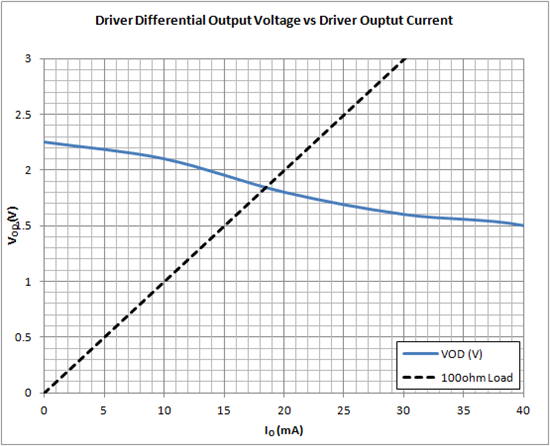Hi,
I am planning to use SN65HVD09 transceiver in my design for RS422 application for the operating speed of 16Mbps, I need some clarification related to this chip:
1. How long this chip will be in the market at least i need minimum 10-15 years of support ?
2. How to calculate the power consumed by this chip for the following combinations :
when all nine channels are used as a transmitter
All nine channels are used a receiver
4 -channels are used a transmitter & 5 channels are used a receiver
Regards,
Rajesh.S


